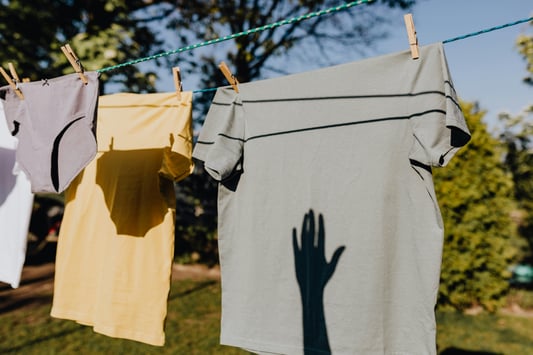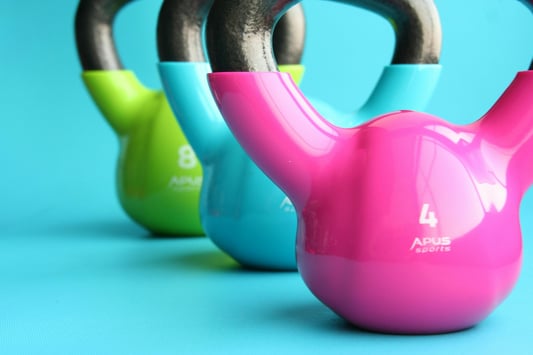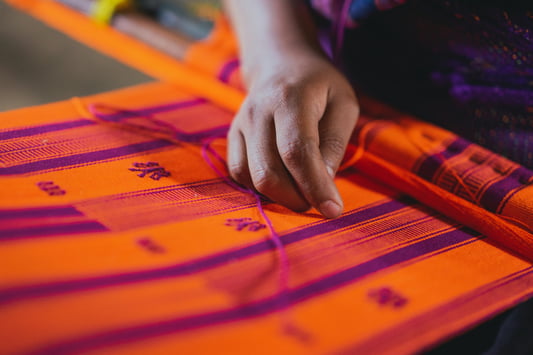The Basics of clothes inspectionClothing is an essential part of our daily lives. We use it to express ourselves, keep warm, and protect ourselves from the elements. However, clothes wear out over time and require regular maintenance to keep them in good condition. Clothes inspection is a crucial aspect of garment care that involves checking your clothes for damage, wear, or any defects that could compromise their quality.Why Clothes Inspection MattersClothes inspection is an essential step in preventing damage and extending the life of your garments. By inspecting your clothes regularly, you can identify areas of wear and tear or minor defects that could lead to bigger problems down the line. You can take steps to repair or replace damaged clothes to avoid further damage, saving you money, time, and effort in the long run.When to Inspect Your ClothesThe frequency of clothes inspection depends on how often you wear your clothes and the quality of the materials used. Ideally, you should inspect your clothes after every wear to catch any damage early on. However, if you wear your clothes infrequently, you can inspect them a few times a year to ensure their quality.How to Inspect ClothesClothes inspection is a simple process that involves checking your clothes for the following:Moth holes, tears, or rips in the fabricStains, discoloration, or fading in the materialLoose stitches or threadsMissing or broken buttons or zippersIf you spot any issues, take the necessary steps to repair or replace the garment to keep it in good condition.Care Tips for Clothes InspectionTo prevent damage to your clothes and keep them in top condition, follow these care tips:Store clothes in a cool, dry placeAvoid direct sunlight or exposure to high heatUse hangers or fold clothes to prevent wrinkles and creasesFollow the care instructions on the labelUse gentle laundry detergents and avoid chlorine bleach or fabric softenersHow to Repair and Replace ClothesIf your clothes are damaged, assess the severity of the issue to determine the best course of action. For example, small holes or tears can be mended using a needle and thread or a patch. If a garment is irreparably damaged, consider donating it or repurposing it for another use.Benefits of Clothes InspectionThe benefits of clothes inspection go beyond just preserving the quality of your garments. By identifying and correcting minor issues early on, you can save money on replacement clothes, reduce waste, and contribute to sustainable living. Plus, you'll look and feel great in well-maintained clothes!ConclusionRegular clothes inspection is an essential step in maintaining the quality and longevity of your garments. By inspecting your clothes regularly and taking steps to repair or replace damaged items, you can save money and reduce waste. With these simple tips, you'll be able to keep your wardrobe in top condition for years to come.clothes inspection, garment care, clothing maintenance, inspect clothes, repairing clothes, extending the life of clothesThe Importance of Clothes Inspection: Maintaining the Quality of Your GarmentsClothes inspection is a crucial aspect of garment care that involves checking your clothes for damage, wear, or any defects that could compromise their quality. By inspecting your clothes regularly and taking steps to repair or replace damaged items, you can save money and reduce waste. Learn more about clothes inspection here!Quote InquiryContact us!










